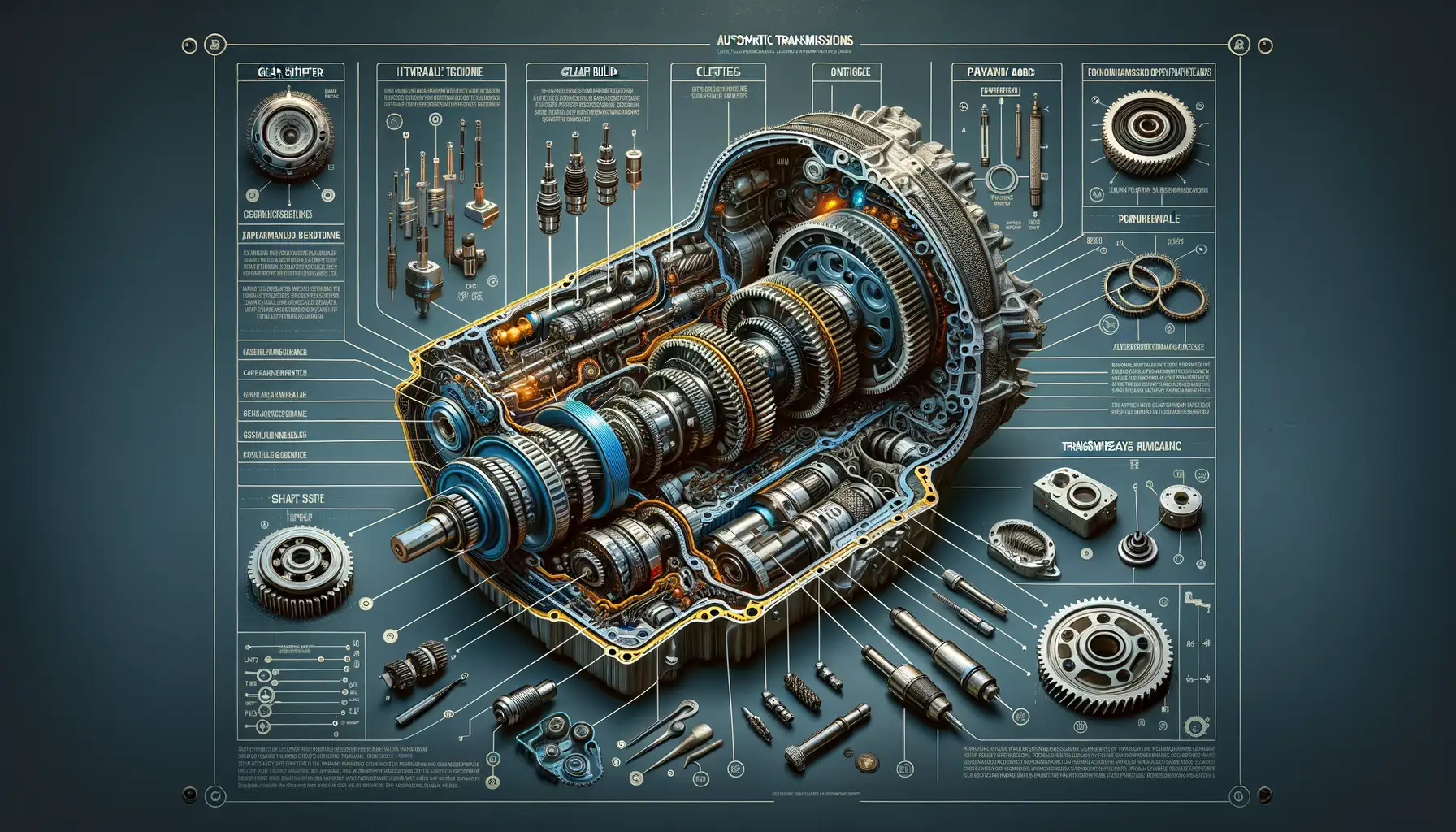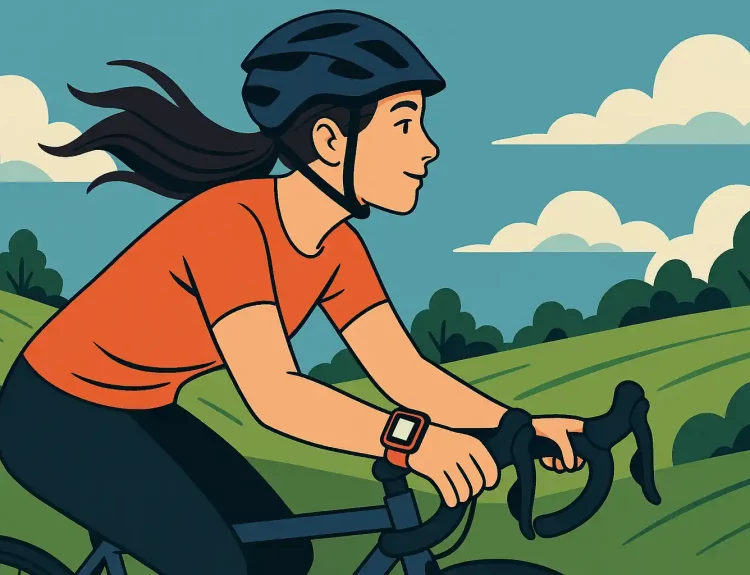Introduction to Machine Learning in Automotive Engineering
Step into the dazzling world of automotive engineering, where mechanical ingenuity collides with cutting-edge computation. At the heart of this exciting transformation lies machine learning—the brainy wizardry that’s rewriting how vehicles think, act, and adapt. It’s no longer just about gears clicking into place; it’s about gears making decisions, almost as if your car has a mind of its own.
The Fusion of Data and Driving Dynamics
Think about it: every time you drive, your car collects data. From engine speed to throttle pressure, vast streams of information are recorded every second. But what happens to all that data? Enter machine learning, a digital detective that sifts through these numbers, looking for patterns and insights. It’s like having a co-driver who doesn’t just react but anticipates your next move.
Why does this matter? Traditional programming can only take us so far. If-then rules? They’re yesterday’s news. With machine learning, automatic transmission systems learn over time, making gear shifting faster, smoother, and more fuel-efficient. It’s the difference between a scripted actor and an improvising genius.
- Ever wondered why some cars feel “smarter” behind the wheel? That’s machine learning at play.
- This tech leverages algorithms that adapt to your driving habits, terrain, and even wear-and-tear.
From real-time adjustments to understanding when you’re tearing through mountain twists or cruising city streets, machine learning tailors every shift to feel intuitive. Welcome to the era of intelligent driving!
How Gear Shifting Works in Automatic Transmissions

The Dance of Gears: Automatic Transmission in Action
Ever wondered what’s happening under the hood when your car glides effortlessly from one speed to another? Automatic transmissions are like an orchestra, and the gear shifting is its crescendo. Your car’s transmission selects different gears for you, adjusting to speed, torque, and terrain without requiring manual input. But how does it decide when to shift? Let’s break it down.
At the heart of this system lies a clever combination of hydraulic pressure, sensors, and control systems. When you accelerate, sensors detect speed and engine load. A control unit then sends a signal to engage the right gear—like a maestro telling the violins it’s their turn. Here’s the magic: the gearbox doesn’t just shift randomly; each move is calculated to strike the perfect harmony between power and fuel efficiency.
- Planetary Gear Systems: These intricate gear arrangements allow for smooth transitions between speeds while maintaining power.
- Torque Converters: Acting like middlemen, they transfer energy from the engine to the wheels with precision.
The result? You barely notice the symphony of parts working tirelessly as you enjoy the ride. It’s seamless, adaptive, and marvelously complex.
The Role of Machine Learning in Gear Shift Optimization

How Machine Learning Understands Your Driving Style
Imagine your car as a skilled orchestra conductor. It needs to ensure every instrument—engine, transmission, and wheels—works in harmony. Enter machine learning, the clever assistant that fine-tunes this symphony by analyzing how *you* drive. Maybe you’re a smooth operator who loves steady accelerations or perhaps you prefer to push the pedal a little harder. Machine learning identifies these nuances, studies patterns, and adjusts gear shifts accordingly.
It’s like having a co-pilot who learns over time what makes your ride effortless. For example, if you often drive on hills, it predicts when to hold gears longer for better climbs. On busy city streets? It helps switch smoothly at lower RPMs to conserve fuel and reduce wear.
Key Factors Machine Learning Analyzes
The magic lies in the data—lots of it! Modern vehicles use sensors and computers to measure:
- Throttle input: How hard you press the accelerator.
- Road conditions: Are you cruising on a highway or navigating potholes?
- Engine performance: Balancing power and efficiency based on real-time stats.
By crunching these numbers, machine learning transforms gear shifting from a basic mechanical task into an art of precision and personalization.
Benefits of Machine Learning for Automatic Transmission Efficiency

Unlocking Unseen Efficiency in Every Shift
Imagine your car’s automatic transmission as a skilled pianist. Without skipping a beat, it glides through the gears to deliver power and precision. But what if that pianist suddenly learned to play with superhuman accuracy? That’s what happens when machine learning steps into the driver’s seat—transforming your vehicle’s shifting into a symphony of efficiency and intelligence.
With machine learning, gear shifts are no longer one-size-fits-all. Instead, they adapt to *you*. How you drive, the road conditions, even subtle factors like your acceleration patterns all become part of a tailored data-driven strategy. A commute on a flat, quiet highway? The system might prioritize smoother, lower-rev shifts for maximum fuel savings. Driving up a steep, winding mountain? Expect punchy shifts engineered for power and control.
- Better fuel economy: Every drop counts, and optimized timing ensures you’re not wasting a single ounce of gas.
- Reduced wear-and-tear: Intelligent transitions mean less stress on key engine components.
- Unparalleled comfort: No more clunky shifts or annoying jolts—just seamless performance.
Data-Powered Precision: The Secret Weapon
Here’s where it gets fascinating: machine learning doesn’t just “improve” shifting. It anticipates and refines. For example, let’s say you often drive in stop-and-go traffic. Over time, the system “learns” to predict when your car is likely to need downshifts. The result? Split-second adjustments that feel so natural, you forget the technology is even working.
Driving becomes an intuitive dance between man and machine, leaving you free to enjoy the ride while the algorithms handle the heavy lifting. And here’s the kicker—it only gets smarter with time.
Future Trends and Developments in Gear Shifting Technology

Smarter Systems, Seamless Shifts
Imagine an automatic transmission that feels like it knows you better than you know yourself. That’s the future we’re speeding toward, thanks to the rapid evolution of machine learning. Soon, gear shifting won’t just be reactive—it’ll be proactive. Think of a system that learns your driving habits dynamically: Are you a Sunday cruiser or someone who pushes the pedal to the metal? These systems will adjust in real-time, blending personalization with peak efficiency.
We’re also entering an era of connected vehicles where sensors and data-sharing reign supreme. Picture this: your car could communicate with traffic signals, weather forecasts, or even other vehicles on the road. A sudden downpour ahead? Your car might downshift preemptively, preparing for slick roads.
– Cars adapting to individual drivers’ styles through enhanced AI algorithms.
– Predictive shifting that monitors external factors like terrain and congestion.
These breakthroughs make today’s “smart” systems look almost old-fashioned, don’t they?
Eco-Friendly and Surprisingly Electric
The rise of electric vehicles (EVs) is rewriting the rules of gear shifting. Unlike traditional engines, EVs often rely on single-speed transmissions. But here’s the twist—innovators are exploring multi-speed gearboxes for EVs to enhance both acceleration and energy efficiency. Imagine the thrill of a sports car-like performance while still hugging the planet!
And let’s not forget sustainability. Advanced materials and improved machine learning models are paving the way for lighter, longer-lasting components. It’s gear shifting with a conscience, where every move counts for both performance and the planet. Who wouldn’t want to drive into that kind of future?



